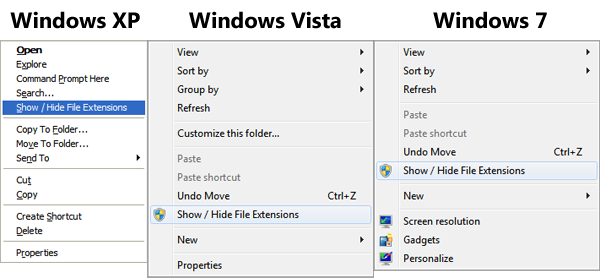How I gave such lifeness? So here is the answer in a tutorial
Okey lets start the resurrection of our Avatars and Signatures
First lets add some blinking stars in to our avatar.
Note
Hey I forgot to say, a nice music please
Ok first of all, find a better avatar to add blinking stars or just design one


Then go to the layer at the top.
Press Ctrl+Shift+N to create a new layer at the top & name it 'Star 1'
Select a white to transparent gradient and from the gradient type, choose 'Diamond'

Put a little star in the 'Star 1' layer like this,

Then Press Ctrl+Shift+N to build up anothe layer and name it 'Star 2'
Put another white star in that layer like this (not in the same place as 'Star 1' )

So then, as for your desire, add many stars as you like, but remember, each star must have it's own layer (a layer must contain only one star)
As for mine, I created nine stars in nine layers

but in the canvas, they look like this,

Ok now it's the time to press the magic button
Switch to Image Ready now
 or just press Ctrl+Shift+M
or just press Ctrl+Shift+MWhen you oen the document in Image ready, make sure to open the 'Animation' window

Let's start working

Go to the animation Window,
Hit Duplicate Current Frame and you'll have another frame

Go to the Frame No 2 from the Animation Window and there, set the 'Star 9' Opasity to 0% and 'Star 1' Opaity to 100%
In the Canvas It'll look like this

Now press the Tween Button in the Animation Window

In the Tween Parameters, Set the number of Frames to add to 5 (the other parameters are not important to be discussed here)

Hit 'OK' and you'll see new Five frames between the ones you've edited

If you play the animation now,

It'll look like this

Ok now, enough with viewing a part
Go to the last frame from the 'Animation Window' (Frame 7) and there, hit to Duplicate the Frame.
In the new frame, set 'Star 1' Opasity to 0% and 'Star 2' Opasity to 100%
Tween them now (
Then Go back to the last Frame,
Set 'Star 2' Opasity = 0%
'Star 3' Opacity = 100%
Repeat this untill you change,
'Star 8' Opacity = 0%
'Star 9' Opacity = 100%
Now there should be 55 Frames in the Animation Window
If you play the animation now, you must obtain this

And now Go to File>Save Optimised and give a god damn name to the gif
Ok It's over now.
Have some nice coffee till I continue this thread in telling how to get this























